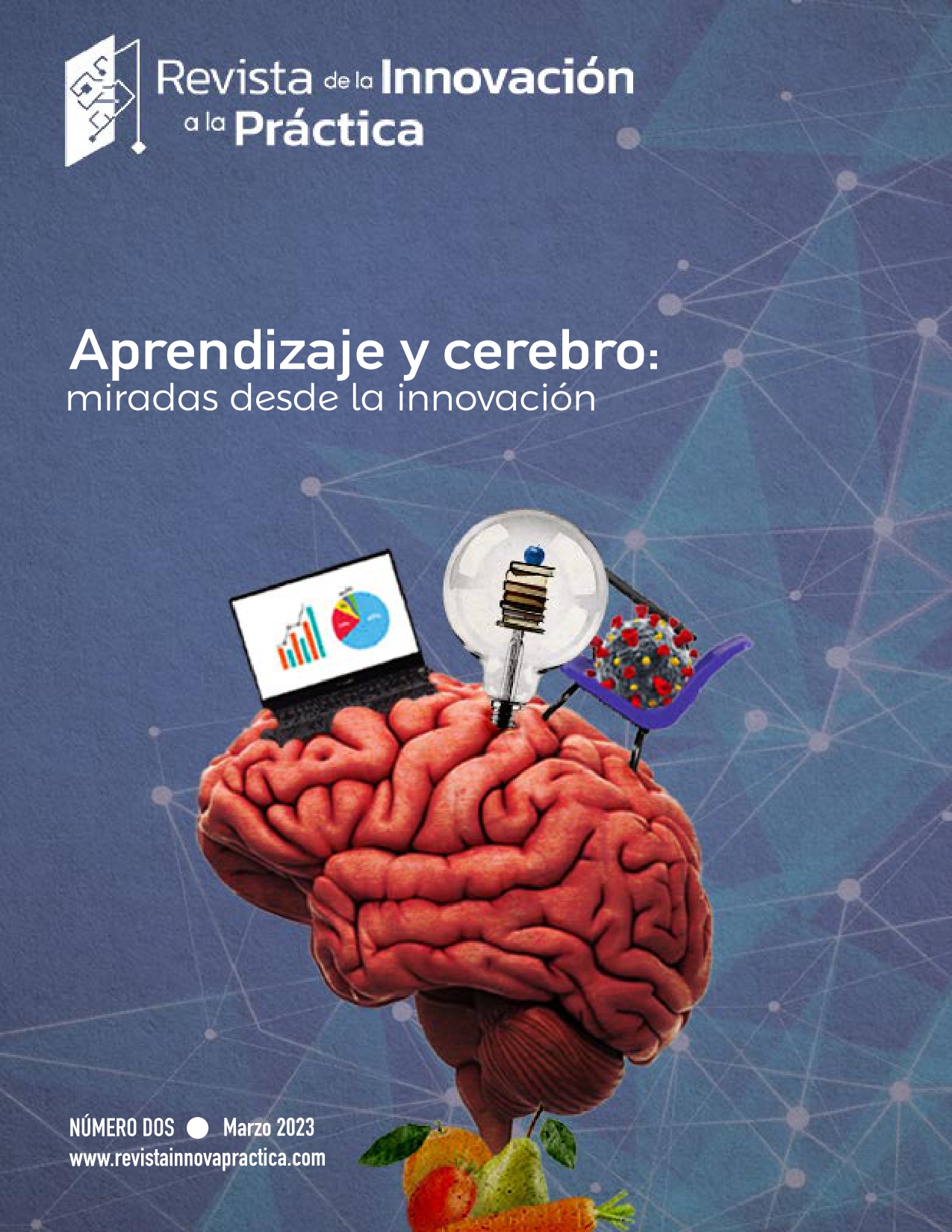Brain foods: One way to innovate educational and nourishing practices
Keywords:
educational innovation, brain plasticity, Omega-3, DHAAbstract
What elements should teachers consider to develop innovative practices in the brains of students? Food practices (based on Omega-3) that influence brain structure, and an optimal development of cognitive and emotional functions, added to enriching experiences that generate brain plasticity. These are some of the elements that, according to neurosciences, give meaning to teacher’s work. Through intentional reflective practices it is the teacher who influences the classroom to generate learning, emotions, culture, traditions, and ideologies. This article reports some positive and adverse effects of DHA (Omega-3 fatty acid) consumption linked to essential functions in education, and our lives, such as: attention and memory, as well as the brain’s property to be shaped by its context, an encouraging condition that places a teacher as a facilitator of enriched environments and a modeler of developing brains.
Downloads
Published
Versions
- 2023-03-28 (2)
- 2023-03-22 (1)
How to Cite
Issue
Section
License

This work is licensed under a Creative Commons Attribution-NonCommercial 4.0 International License.

